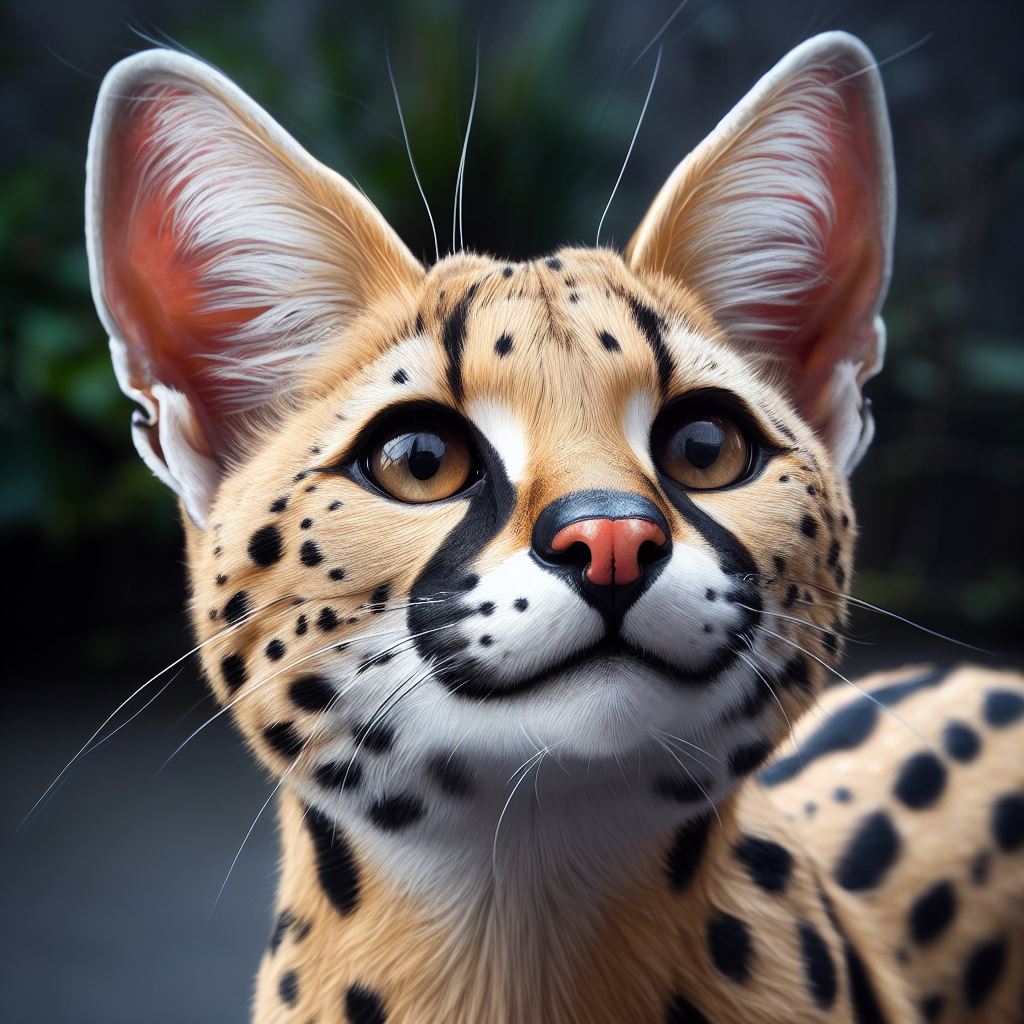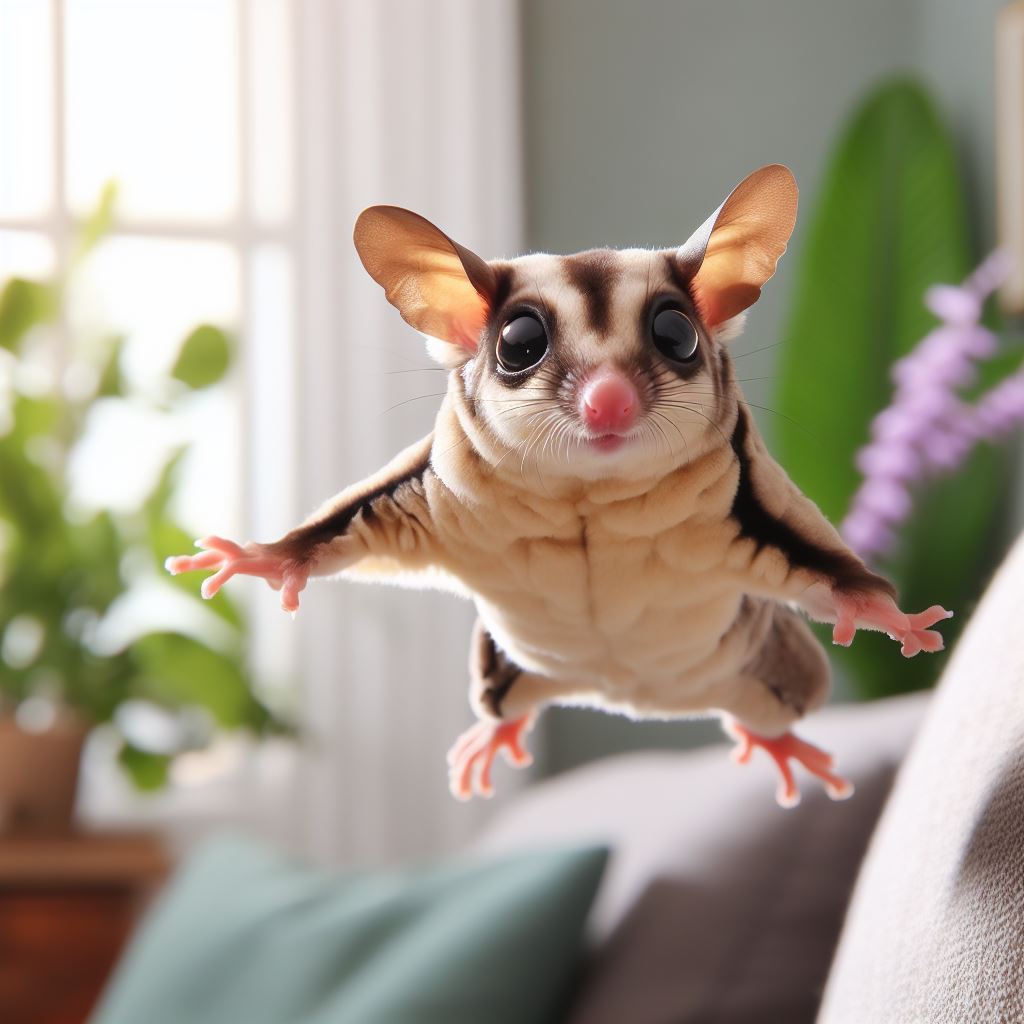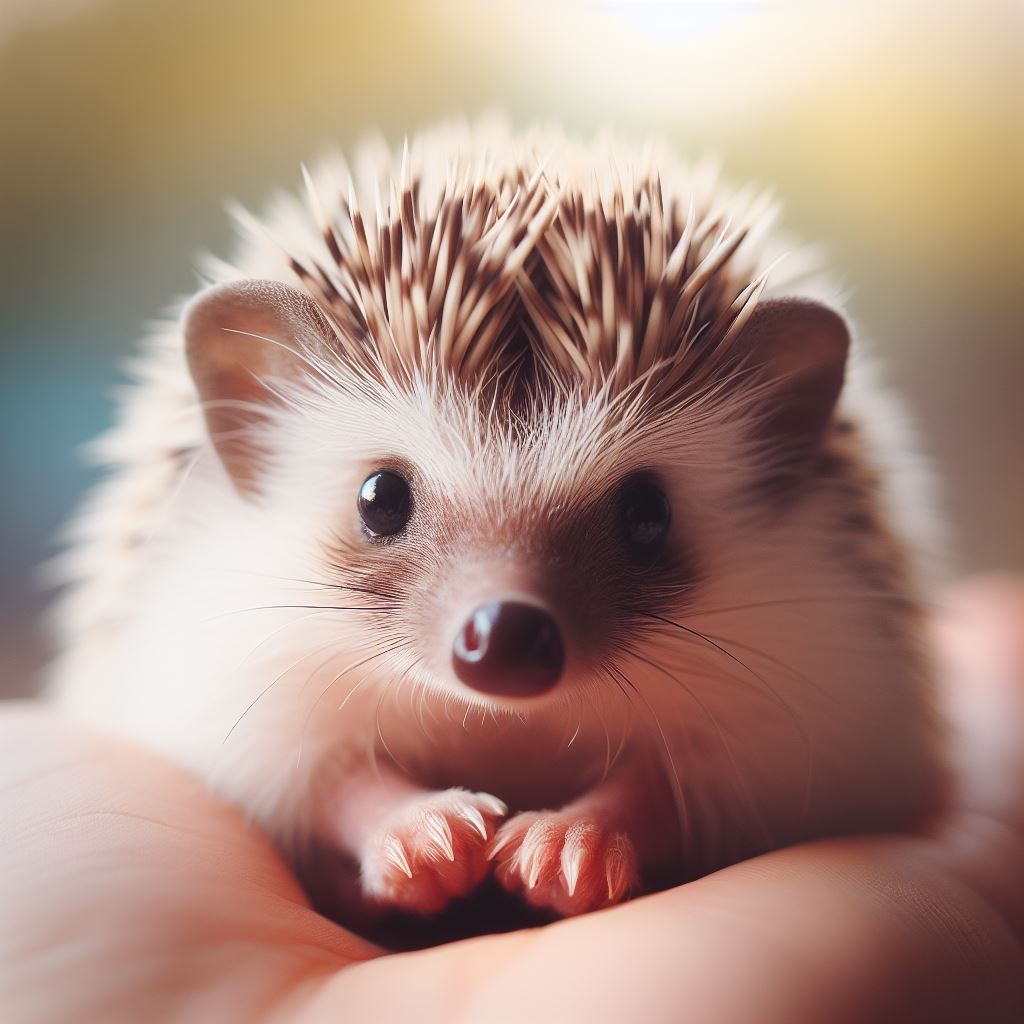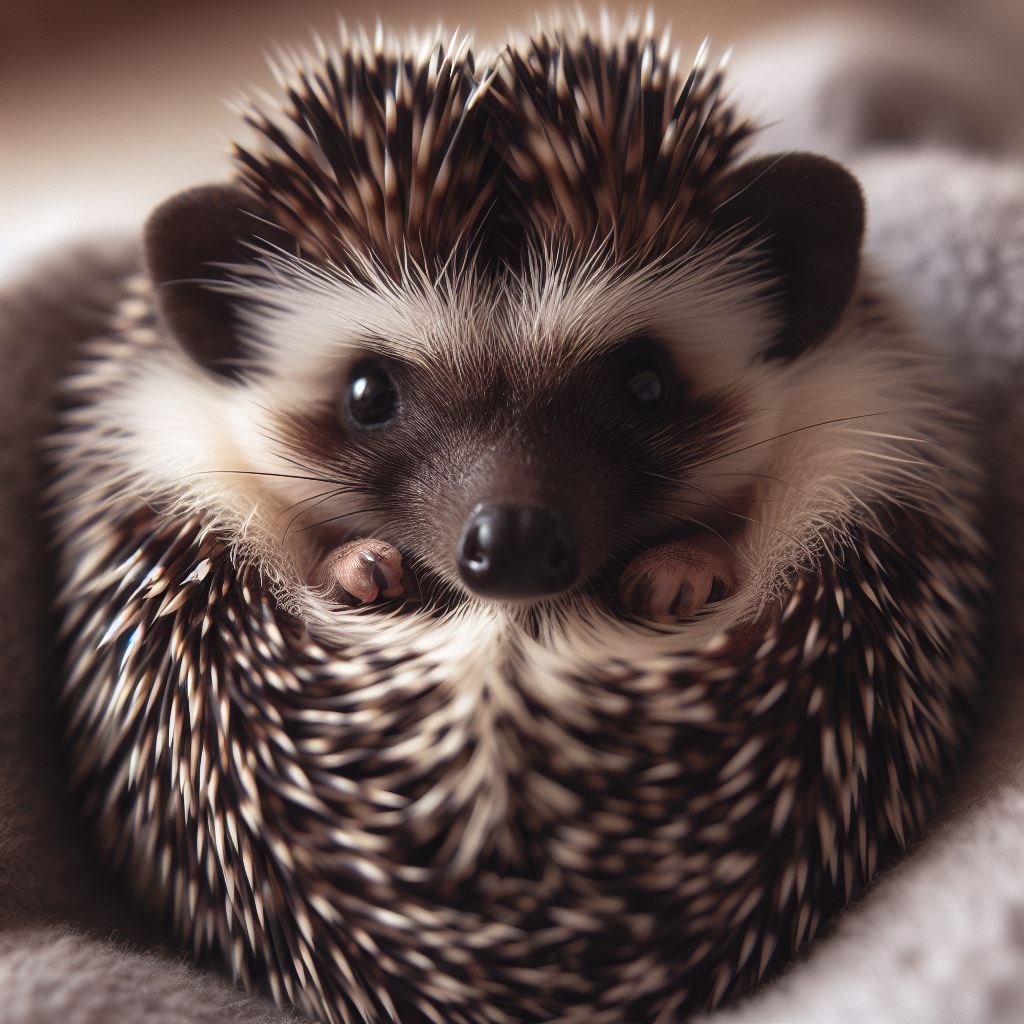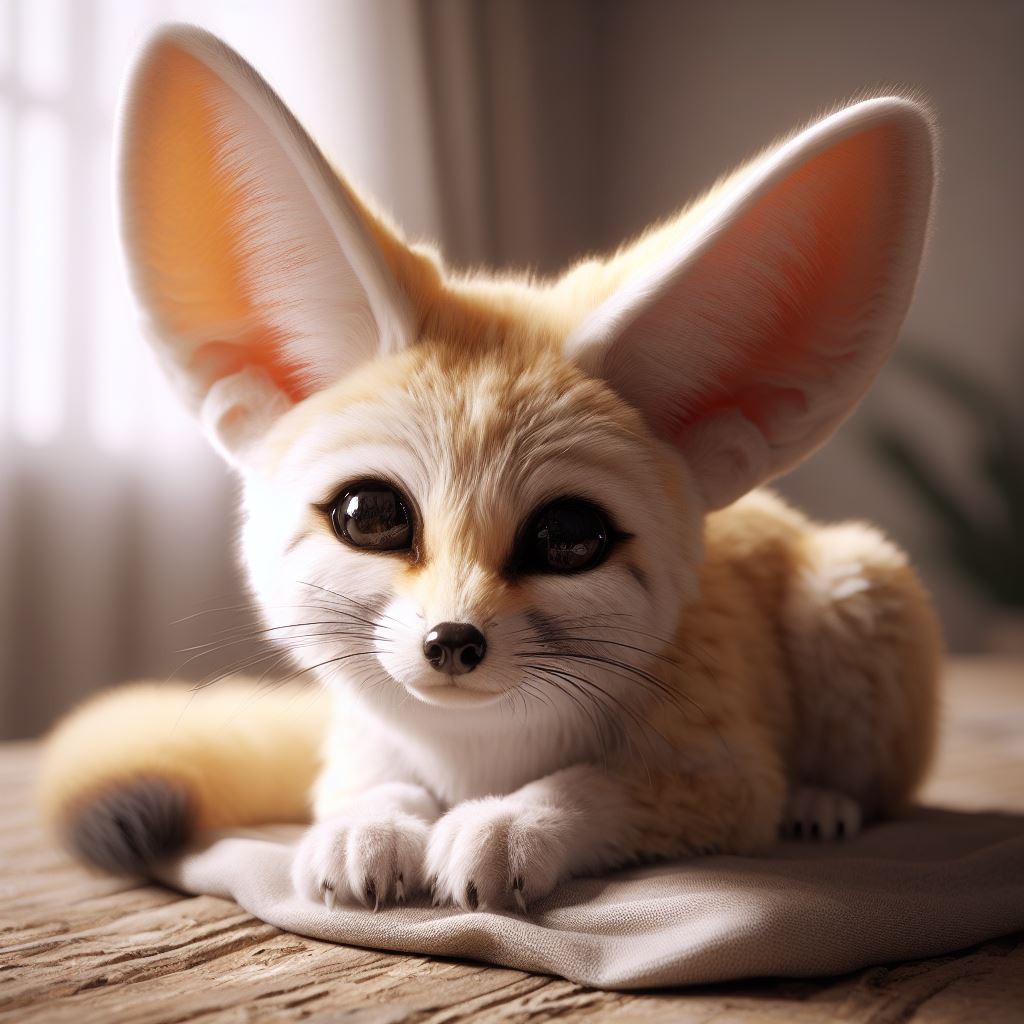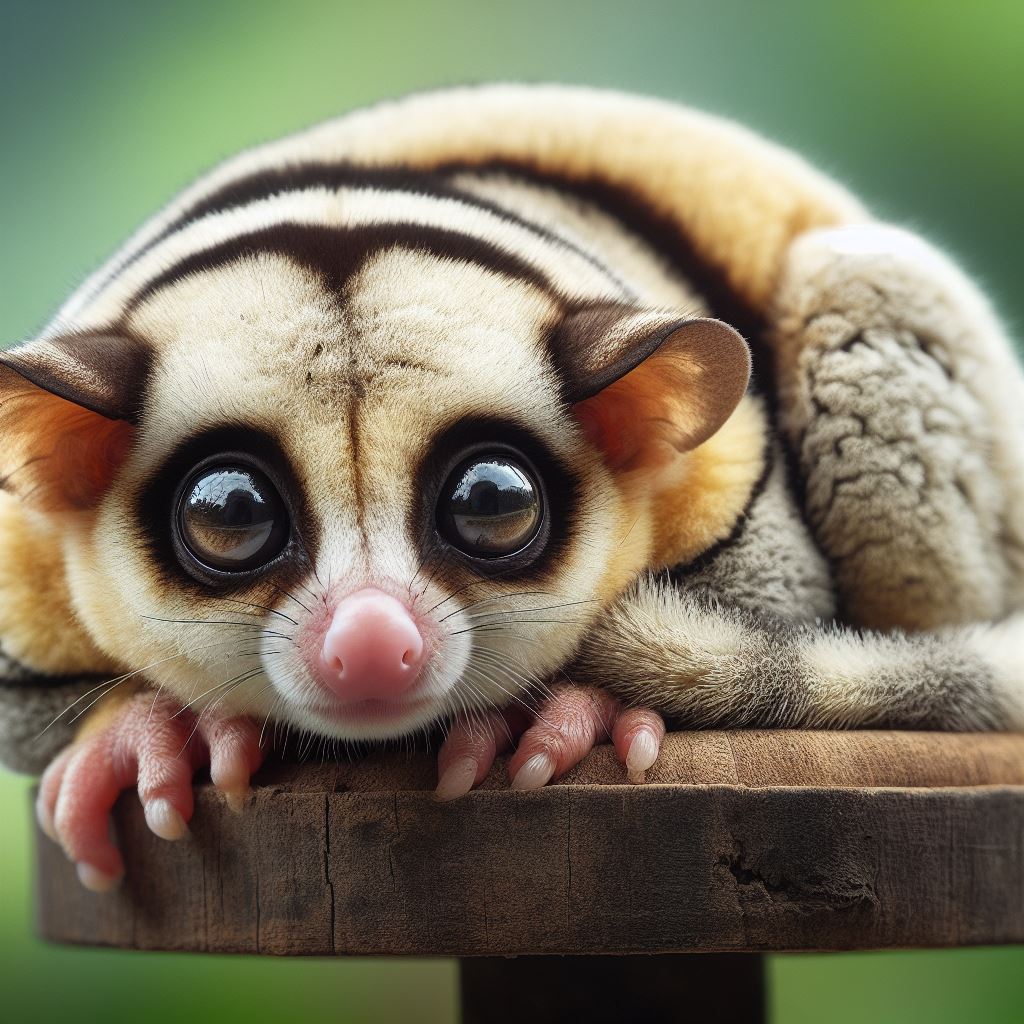In the heart of the African wilderness resides a creature that embodies both mystery and elegance: the Serval Cat. Revered in African culture and folklore, this majestic feline has a unique allure, captivating the imaginations of animal enthusiasts worldwide.
Serval Cats, with their ethereal beauty, have captured the fascination of animal enthusiasts worldwide. This exploration delves into their mysterious world, from their delicate allure to the challenges of owning them as exotic pets. Beyond their physical grace, Serval Cats possess a captivating charm and mystique, making them alluring companions for those seeking unique and extraordinary pets.
The Enigmatic World of Serval Cats
Origins and Habitat of Serval Cats: A Glimpse into Their Natural Environment
- Grasslands and Savannas: Servals prefer areas with tall grasses where they can hunt rodents and birds effectively. They are skilled hunters and use their excellent hearing and sight to locate prey in the dense grasses.
- Wetlands: Servals are often found near wetlands, including marshes, reed beds, and riverbanks. These areas are rich in prey such as small mammals, birds, and amphibians.
- Woodlands: While servals are not strictly forest-dwelling cats, they do venture into wooded areas, especially those with clearings or undergrowth where they can stalk and pounce on prey.
- Altitude: Servals can be found at a variety of altitudes, from sea level to mountainous regions. They adapt to different elevations as long as their primary habitat requirements are met.
Behavior and Adaptations:
- Nocturnal Lifestyle: Servals are primarily nocturnal hunters, relying on their acute senses and excellent night vision to locate and capture prey under the cover of darkness.
- Excellent Hunters: They are skilled hunters, capable of leaping high into the air to catch birds in flight and using their sharp claws to dig rodents out of burrows.
- Solitary Creatures: Servals are generally solitary animals, except during mating season. They establish large territories to ensure a steady supply of prey.
- Communication: Servals communicate through a variety of vocalizations, including hisses, meows, and purrs. They also use body language and scent markings to communicate with other servals.
- Reproduction: Female servals give birth to a litter of kittens after a gestation period of about 66-77 days. The kittens stay with their mother until they are old enough to hunt on their own.
In recent years, due to habitat loss and hunting, serval populations have faced challenges. Efforts are being made to protect their natural habitats and ensure their survival in the wild. Understanding their origins and natural environment is crucial in these conservation efforts.
Evolutionary History: Understanding the Unique Traits of Serval Cats
Tracing their evolutionary journey, we unravel the distinct traits that make Serval Cats one of nature’s most elegant creations.
The evolutionary history of serval cats (Leptailurus serval) can be traced back to their ancestors in the Felidae family, which includes all modern cat species. Here’s an overview of the evolutionary traits that make serval cats unique:
1. Felidae Family:
Serval cats belong to the Felidae family, which also includes domestic cats, lions, tigers, cheetahs, and other wild cat species. This family of animals is characterized by their retractable claws, keen senses, and carnivorous diet.
2. Genus Leptailurus:
Serval cats are classified under the genus Leptailurus. They are medium-sized cats known for their distinctive physical traits, which include long legs, a slender body, and a relatively small head compared to their body size.
3. Specialized Adaptations:
- Long Legs: One of the most unique features of serval cats is their long legs, which enable them to hunt in tall grasses. These long limbs give them an advantage in detecting and capturing prey in their natural habitats.
- Large Ears: Servals have exceptionally large ears relative to their head size. These large ears enhance their hearing, allowing them to detect the movement of prey, such as rodents, in dense vegetation. Their excellent hearing helps compensate for their relatively poor sense of smell.
- Hunting Techniques: Servals have a unique hunting style. They use their acute hearing to locate prey, and once they detect the sound of movement, they use their powerful hind legs to leap high into the air and land on their prey with precision. This technique is especially useful for catching birds in flight.
4. Carnivorous Diet:
Like all members of the Felidae family, serval cats are obligate carnivores, meaning their diet consists primarily of meat. Their sharp teeth and claws are adapted for hunting and tearing flesh.
5. Habitat Adaptations:
- Grassland Dwellers: Servals are well adapted to grassland habitats where they primarily hunt for rodents. Their coat coloration, which includes spots and stripes, provides effective camouflage in the grassy environment.
Delicate Beauty: Serval Cats Up Close
Physical Characteristics: Velvety Fur, Soulful Eyes, and Unique Markings
Servals feature velvety golden-yellow fur with black spots and stripes, aiding silent movement in grasslands. Their large, forward-set amber eyes provide excellent depth perception for precise hunting. Unique facial markings reduce glare, enhancing keen eyesight. With long legs for leaping and a slender body for agility, servals navigate dense grasslands. Their relatively short tail assists in balance during high leaps, completing their distinctive appearance.
These physical characteristics, including their velvety fur, soulful eyes, and unique markings, contribute to the serval’s remarkable appearance and make them one of the most visually captivating wild cat species in the African savannas.
Serval Cats’ Grooming Habits: Maintaining Their Pristine Appearance
Servals maintain their pristine appearance through meticulous grooming. They clean their fur to remove dirt and parasites, ensuring a velvety texture. Grooming aids in temperature regulation and stimulates blood circulation. Social grooming strengthens bonds. They also clean their claws and teeth, promoting oral hygiene. Sunbathing aids in fur drying. These habits are crucial for their health and hunting readiness in the wild.
Serval Cats as Exotic Pets
The Appeal of Serval Cats as Exotic Companions: A Unique Bonding Experience
The appeal of serval cats as exotic companions lies in the unique bonding experience they offer. Their striking appearance, resembling miniature wildcats, captivates enthusiasts. However, their exotic nature demands specialized care and understanding, creating a distinctive bond between owners and these extraordinary feline companions. This bond marks challenges and rewards, making the experience of having a serval cat both exceptional and deeply enriching.
Legal Considerations: Regulations Surrounding Serval Ownership
In the United States, serval ownership is regulated at the state level, and regulations vary significantly from state to state. Some states allow private ownership of servals with permits, while others prohibit it entirely. Additionally, local ordinances within states might have specific regulations regarding exotic animal ownership.
Potential serval owners in the United States must research the specific laws and regulations in their state and local area. It’s essential to contact local wildlife agencies or animal control authorities to understand the requirements and obtain the necessary permits if applicable. Failure to comply with these regulations can result in legal consequences and the removal of the animal.
Challenges in Captivity: Caring for Serval Cats’ Special Needs
Caring for serval cats in captivity presents several challenges due to their unique needs and wild nature. Here’s a condensed overview of these challenges:
- Dietary Requirements: Servals cats need a specialized diet that includes a variety of meats, which can be costly and hard to procure. Meeting their nutritional needs in captivity is challenging.
- Space and Enclosure: Servals require large, secure enclosures with ample space for exercise. Creating a suitable environment that mimics their natural habitat is complex and expensive.
- Socialization: Servals, while solitary in the wild, require proper socialization from a young age to prevent aggressive behavior. This demands time, expertise, and patience.
- Enrichment: Providing mental and physical stimulation is crucial. Without proper enrichment, servals can become bored and stressed, leading to behavioral problems.
- Healthcare: Finding veterinarians experienced in treating exotic species like servals can be difficult. Regular medical care and vaccinations are essential to their well-being.
- Legal Compliance: Navigating complex legal requirements and obtaining permits for ownership is a significant challenge, with regulations varying widely between states and countries.
- Ethical Concerns: Ethical dilemmas surrounding keeping wild animals as pets raise questions about the morality of confining servals for human pleasure.
Addressing these challenges demands significant resources, knowledge, and dedication. Potential serval owners need to invest time, effort, and finances to ensure the well-being of these magnificent animals
VII. Conservation Efforts and Challenges
Serval Cats in the Wild: Conservation Status and Threats
Serval cats have become a “Least Concern” by the IUCN, but face threats such as habitat loss due to human activities, human-wildlife conflict, illegal pet trade, climate change, diseases, and invasive species. Conservation efforts include habitat preservation, anti-poaching measures, community education, and law enforcement to curb illegal trade, aiming to ensure their long-term survival.
Conservation Initiatives: Organizations Working to Protect Serval Populations
Several organizations, including WCS, AWF, Panthera, and the IUCN Small Cat Specialist Group, work to protect serval populations. They focus on research, habitat preservation, anti-poaching efforts, and community engagement to ensure the conservation of servals and their habitats.
Challenges in Conservation: Overcoming Habitat Loss and Illegal Pet Trade
Conserving serval populations faces challenges like habitat loss due to human activities and illegal pet trade. Efforts focus on habitat preservation, law enforcement against wildlife trafficking, and community education to mitigate these threats and ensure servals’ survival in the wild.
Conclusion
Recap of Serval Cats’ Delicate Beauty and Enchanting Demeanor
Serval cats captivate with their delicate beauty and enchanting demeanor. Their velvety golden fur, adorned with black spots and stripes, lends them a regal appearance. Their large, amber eyes reflect their wild spirit, and their slender, agile bodies enhance their grace. Beyond their physical allure, servals possess an enchanting demeanor, combining curiosity and stealth with an air of mystery. These unique traits make serval cats a truly mesmerizing and elegant species, cherished by wildlife enthusiasts and admirers around the world.
Emphasizing the Importance of Responsible Ownership and Conservation Efforts
Emphasizing responsible ownership of serval cats is crucial for their well-being and the preservation of their species. Responsible owners must meet their complex needs, ensuring a suitable environment and proper care. By upholding ethical practices and contributing to conservation initiatives, we can safeguard serval cats, allowing them to thrive in their natural habitats and fostering a harmonious balance between humans and wildlife.

